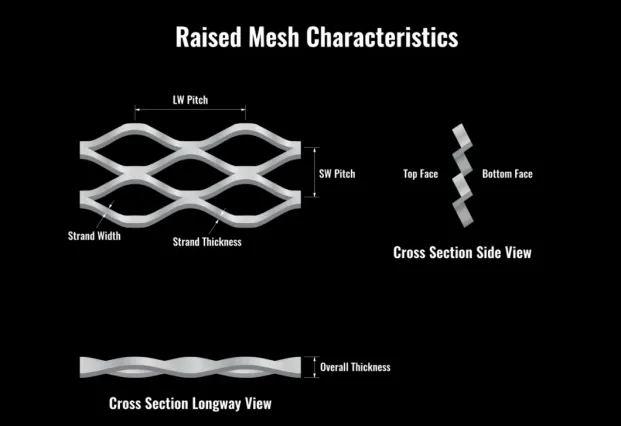The Role of Steel Tree Grates in Urban Forestry
Urban areas are often characterized by their concrete jungles, where nature seems to take a backseat to human development. However, trees play a crucial role in enhancing the urban environment by providing shade, improving air quality, and contributing to the overall aesthetic of cityscapes. One of the essential components that support the cultivation of trees in such conditions is the steel tree grate. This article explores the significance of steel tree grates, their benefits, and their impact on urban forestry.
The Importance of Tree Grates
Tree grates are designed to protect and allow for the healthy growth of trees planted in urban settings. Unlike traditional planting methods, which can often lead to soil compaction and restrict root growth, steel tree grates offer a more viable solution. These grates create a system that allows for air and water to flow freely to the roots while preventing soil erosion and damage from foot traffic. This protective barrier ensures that trees can thrive amidst the harsh conditions often found in urban environments.
Benefits of Steel Tree Grates
1. Durability Steel is a robust material known for its longevity. Steel tree grates are resistant to wear and tear, which is essential in high-traffic areas like sidewalks and parks. Unlike plastic or wood alternatives, steel grates do not rot, crack, or become brittle over time, which means they require less frequent replacement.
2. Aesthetic Appeal Steel tree grates can enhance the visual aspects of urban landscapes. They come in various designs and finishes, allowing cities to select options that align with their architectural styles. This attention to aesthetics helps integrate trees into the urban fabric, making them a focal point rather than an afterthought.
steel tree grates

3. Environmental Benefits By supporting tree health, steel grates contribute to the overall environmental benefits of urban forestry. Healthy trees can absorb carbon dioxide, provide oxygen, and reduce urban heat islands. They also manage stormwater effectively, reducing runoff and helping to maintain the natural water cycle in cities.
4. Safety Tree grates provide a stable surface around trees, preventing tripping hazards often associated with uneven ground around tree roots. By creating a clear boundary, they help manage pedestrian traffic, creating safer conditions for foot traffic and making it easier for maintenance activities around the trees.
5. Ecological Impact Metal grates can be integrated with soil and planting techniques that promote healthy root growth and ensure that trees receive the necessary nutrients. Furthermore, they can be designed to accommodate additional planting beneath them, allowing for greenery that secures biodiversity in urban areas.
Challenges and Considerations
While steel tree grates offer numerous benefits, there are challenges to consider. Installation can be costly, and proper planning is required to ensure that grates are fitted correctly around tree species, considering their growth habits and root systems. Moreover, grates should be designed with drainage systems to ensure that excess water does not accumulate, which can lead to root rot.
Conclusion
Steel tree grates are an essential element of effective urban forestry. They provide the necessary protection and support for trees, promoting their health and vitality amid the challenges of urban development. By integrating steel tree grates into city landscapes, urban planners and environmentalists can foster greener, more sustainable cities that benefit not just the environment but the well-being of their residents. As cities continue to grow, embracing such solutions will be vital in the quest to harmonize development with nature.
-
Why Galvanized Trench Cover Steel Grating Resists Corrosion
NewsJul.10,2025
-
The Versatility and Strength of Stainless Expanded Metal Mesh
NewsJul.10,2025
-
Load Calculations in Steel Grating Platforms
NewsJul.10,2025
-
Keeping Pets and Kids Safe with Chicken Wire Deck Railing
NewsJul.10,2025
-
Hole Diameter and Pitch for Round Perforated Metal Sheets
NewsJul.10,2025
-
Aluminium Diamond Mesh in Modern Architecture
NewsJul.10,2025
Subscribe now!
Stay up to date with the latest on Fry Steeland industry news.

